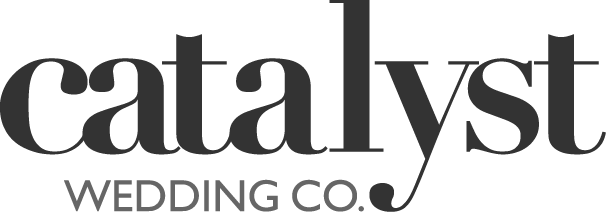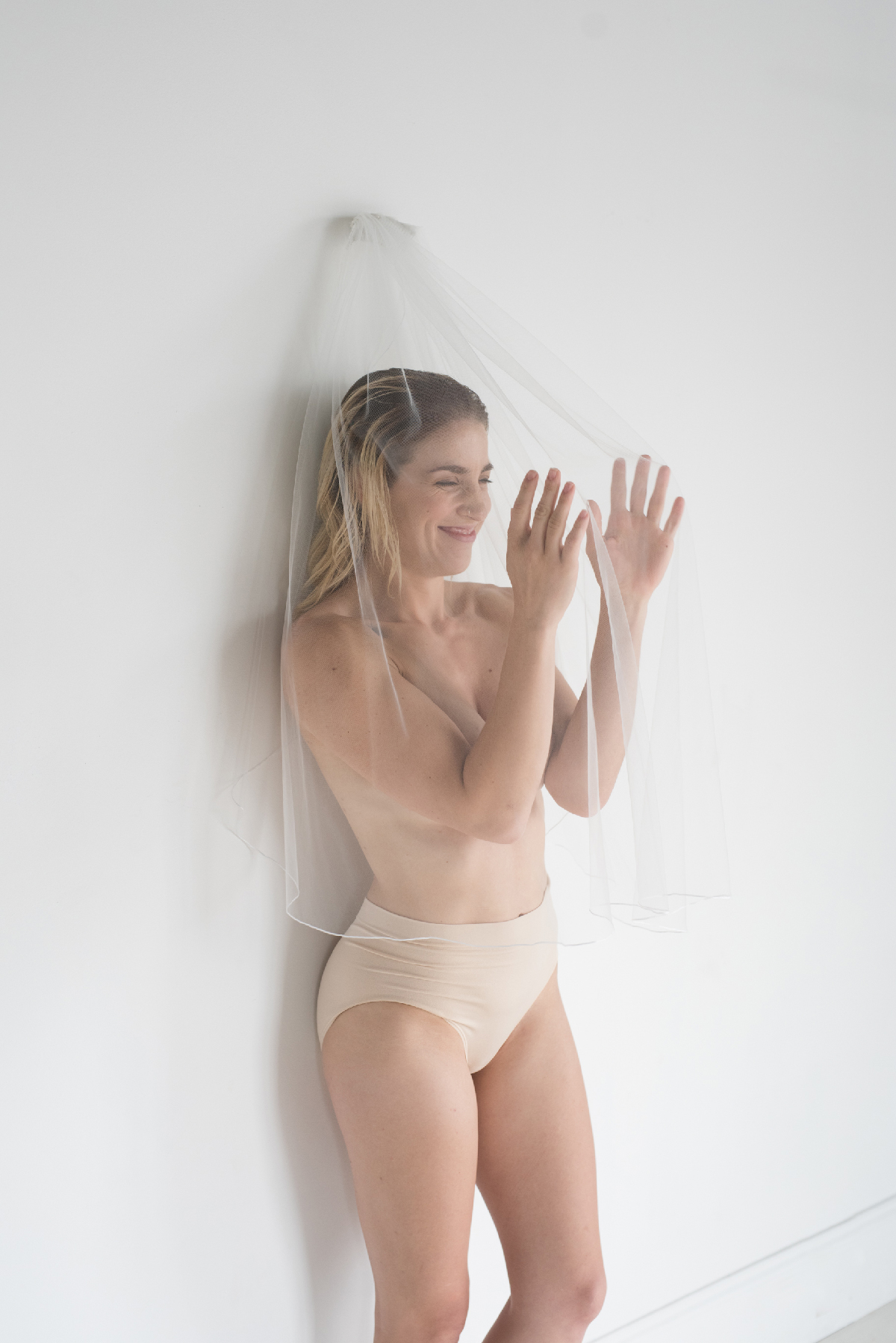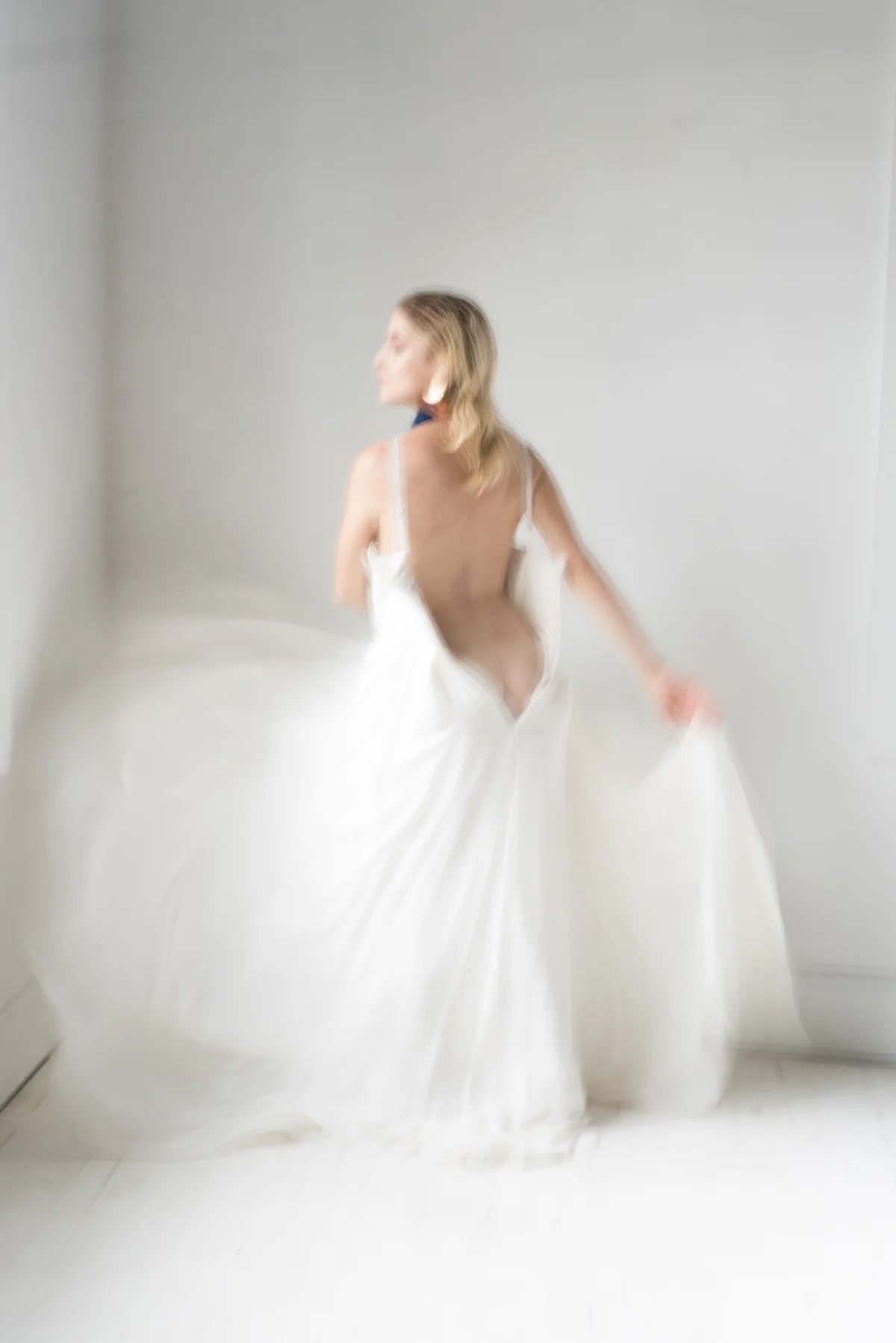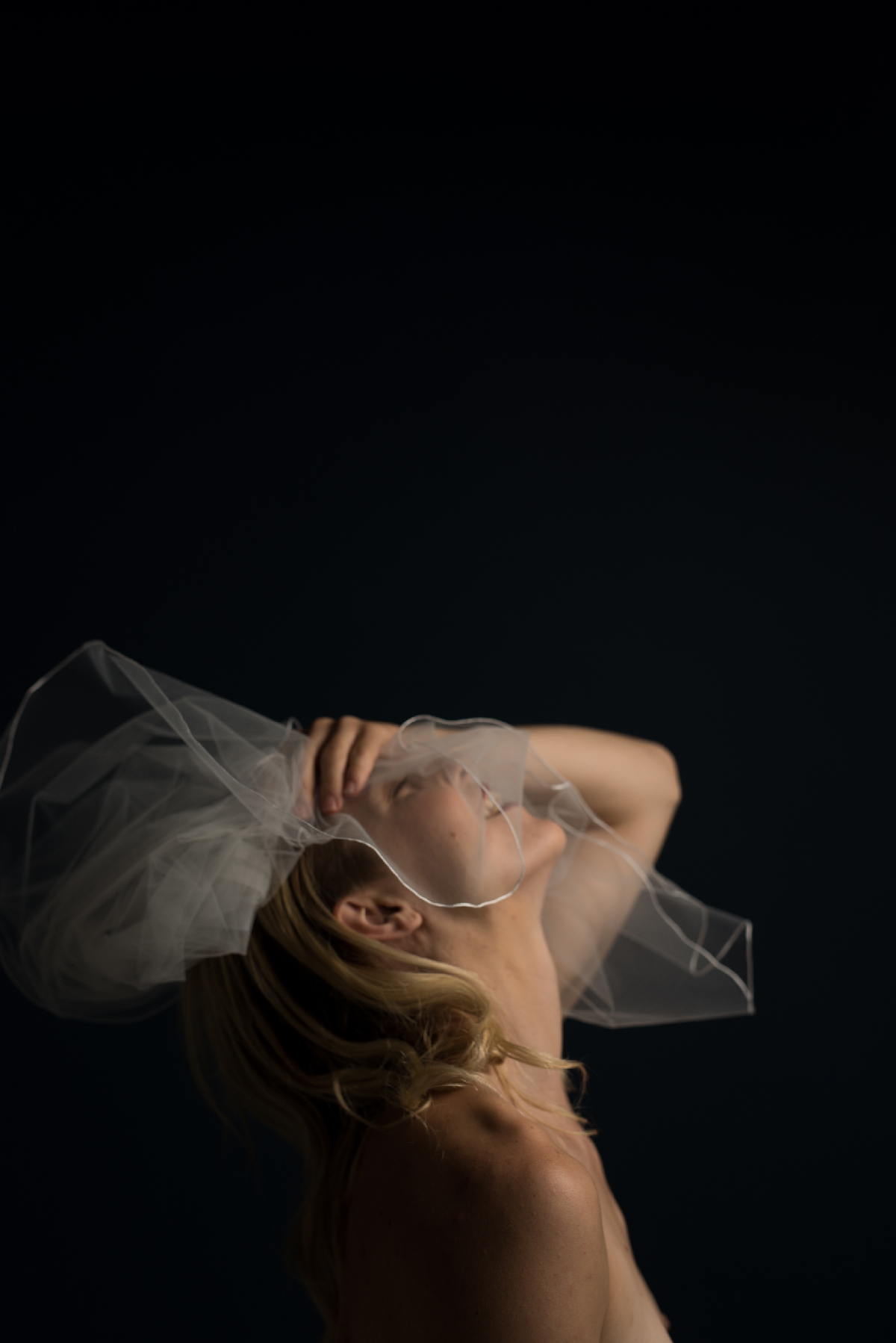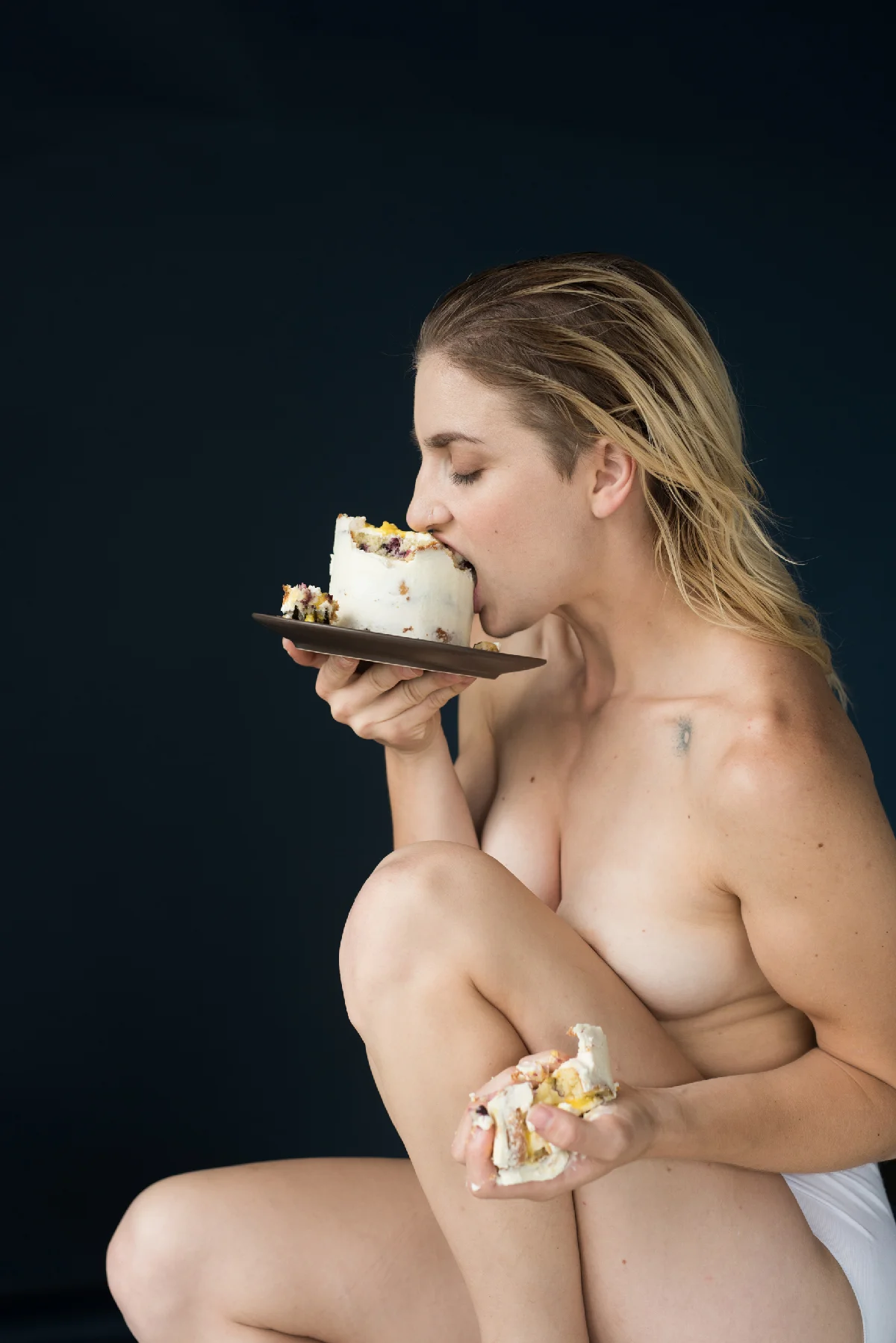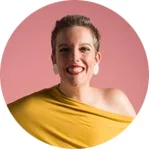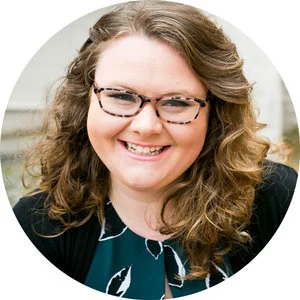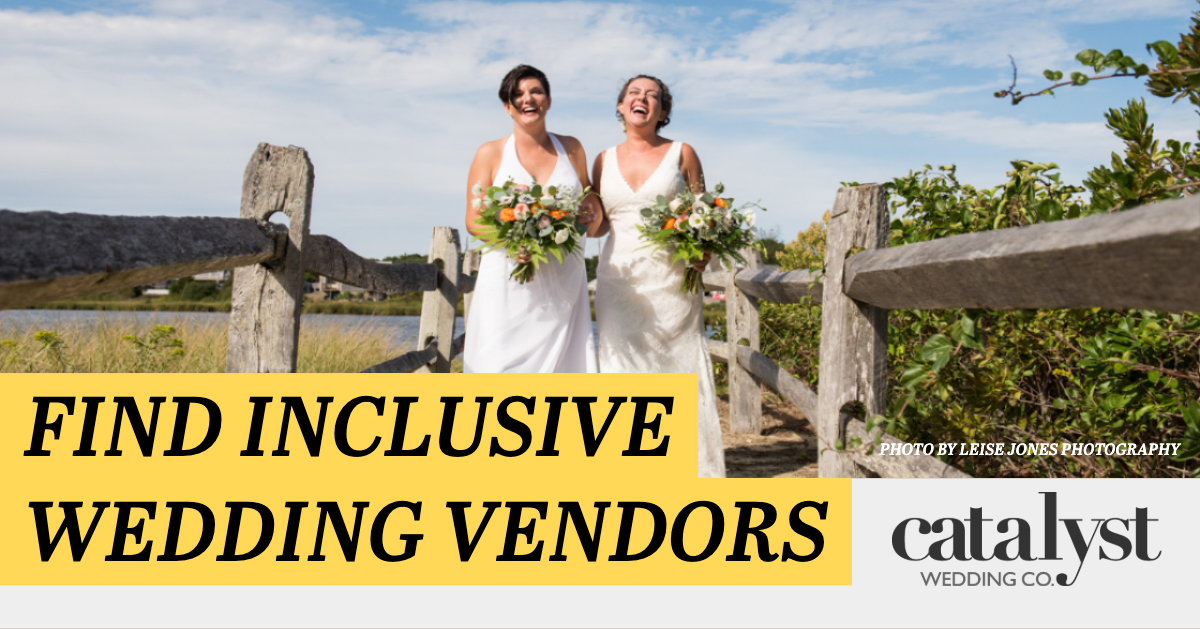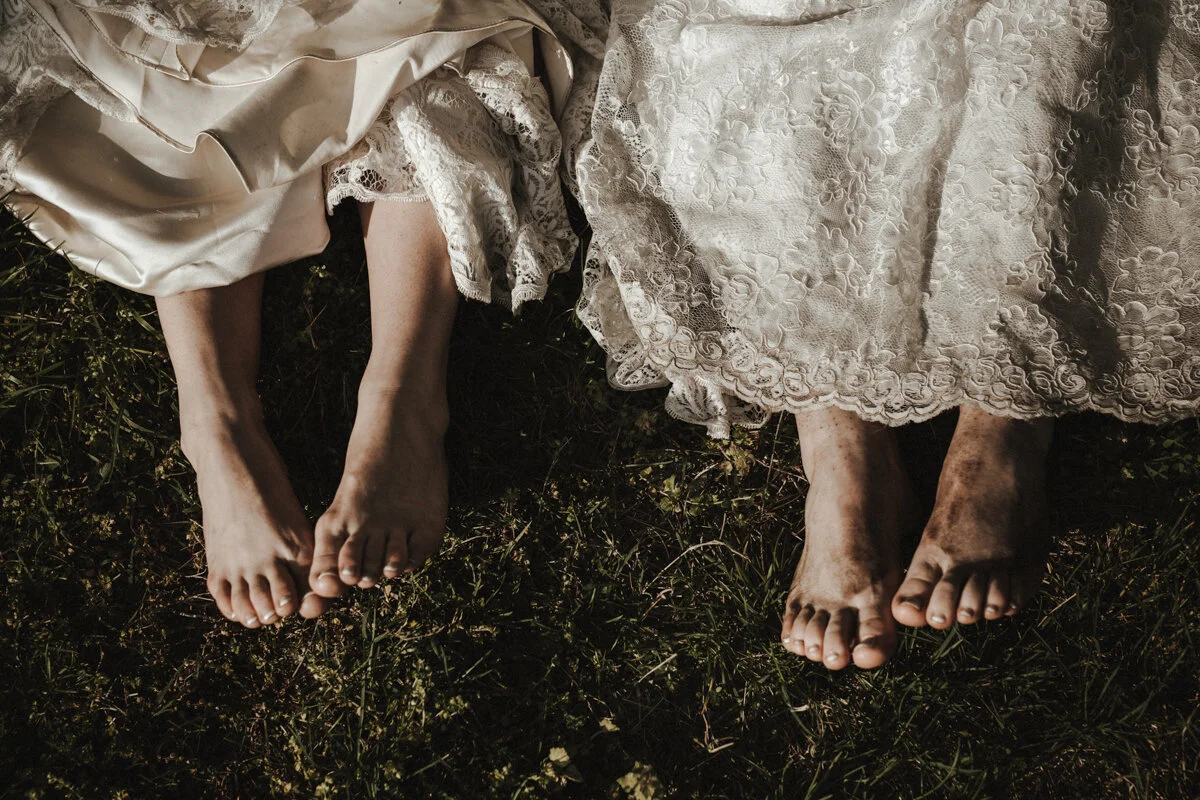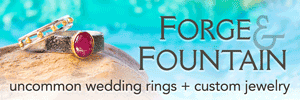What Happens to Boudoir When We Banish the Male Gaze
/Boudoir. It’s a term that has become common place for most people, especially in the wedding industry, but the origins of the term and the photography movement are a bit of an up and down feminist roller coaster. So many things that are “feminine” have a way of being both liberating and oppressing all at the same time, and boudoir is no exception.
We at Catalyst decided to formally start accepting boudoir sessions last month. We love the power that these sessions can have to celebrate bodies and love of all types. We love hearing stories of people who have struggled to love their body until they saw the result of their boudoir session. It’s not every day that we get to see ourselves through someone else’s eyes, and experience the beauty that others see in us.
As with everything, though, it’s important for us to unpack what’s worth celebrating and what we need to leave behind.
A Long-Fought Struggle of Feminine Freedom and Oppression
It’s no surprise boudoir is a French word, but did you know that it translates to “sulking place” or a “place to put away.” It was a term to describe the dressing room that upper-class women would have between their bedroom and more public spaces in the 1700-1800s. Sometimes the space was also a sitting room where they could entertain their female guests. It was a place to hide women away when they were unwanted, but it was also a private place where women could come together and meet without the peering eyes of men. It was simultaneously a place of confinement and sometimes freedom, a place where wealthy white women got to be themselves as long as it didn’t disrupt the men.
Then Came Boudoir Photography
It started in the 1920s as artists sought to use photography to celebrate the female body, and as nudity in photographs was illegal, boudoir photography was born. Women were photographed in poses and attire that was considered scandalous for the times. And while all of this could arguably be tied to the earliest phases of (white) women’s liberation, these photos were still always captured by male photographers.
This male gaze led to pin-up girls and fetishization, strip clubs and Playboy, and a commodification of women’s bodies that still plagues us. While there have been female artists that have worked to reclaim the female form through boudoir and nude photography, we still continue to struggle with the male gaze in modern society.
And Then Came Bridal Boudoir
The concept of taking boudoir photos for a wedding is actually a fairly recent one. It wasn’t until the last few decades of the 20th century that bridal boudoir became a thing, and it was closely tied to conservative ideas of sex and marriage where sex outside of marriage was deeply frowned upon. A future bride would commission boudoir photographs of herself in lingerie and gift them to her groom so he could get a “tasteful” peek at what awaited him on their wedding night.
Allie Monday of Ladygroove and Alex Fisher of Lucky Penny Creative created the images in this post as a direct opposition to this male partner-centered idea of celebrating soft and submissive femininity. Allie wanted to move away from the celebration of a woman's body solely for the benefit and viewing pleasure of their male partners.
“What if that idea doesn't resonate with her?” Allie asks. “What if her edges are hard or she's wanting to have these images captured for her own personal perusal and self-love, to document a transitional time in her life? These questions are rarely asked and so desperately need addressing, specifically within the wedding industry.”
It’s certainly time for us to discover what bridal boudoir looks like without the element of the male gaze, but it’s also time for us to discover what wedding boudoir looks like without the bride.
Boudoir Without the Bride
We at Catalyst want to celebrate bodies of all types, and for folks that are queer, trans, and genderfluid or non-binary, these bride-centric ideas of femininity that have come with bridal boudoir simply don’t apply. That doesn’t mean we want to banish boudoir. Quite the contrary, in fact. We want to see it reclaimed.
We want to see couples engaged in boudoir sessions together. We want to see more masculine folks participating in solo boudoir shoots, even in what are considered traditional “feminine” poses. We want to see the bodies of people of color celebrated, not commodified. We want to see bodies that have been through trauma and have remained strong and beautiful. We want to celebrate bodies of all shapes, sizes, ages, and abilities. We want to see boudoir as a tool for self love and self reflection. We want bodies to be seen as whole and beautiful, not something to be rated or hyper-sexualized.
We want to see women, queer folks, and trans folks behind the camera. We want to banish the male gaze.
Submit your boudoir sessions to us for publication and help us make this a reality.
STYLED SHOOT VENDORS
Photography: Ladygroove
Styling: Lucky Penny Creative
HMU: Isabelle with Belle-maquillage
Attire: Wildflower Bridal
Cake: Tessa Pinner
Jewels: Amber Hatchett Designs
By partnering with only female owned small business owners who want to create brave spaces and a new narrative within the bridal boudoir arena, this shoot aims to inspire women who want to document this stage of their life but are struggling to find their aesthetic and voice within the historically soft and partner-centered world of bridal boudoir photography.
LADYGROOVE
Hello you gorgeous humans my name is Allie Monday and I am the creator and photographer of Ladygroove. Ladygroove is women-centered boudoir, not partner-centered boudoir. Women come to me to feel empowered in the bodies they are currently in, to practice loving themselves as they are, and to celebrate their OWN sexuality (not for another human). Ladygroove came out of my own sexual liberation, a 12 year eating disorder and my personal healing through PTSD through movement, mindfulness and self care.
LUCKY PENNY CREATIVE
Our mission is to support our clients in being their truest selves for their special occasions by masterfully averting the stress and frustration of event planning. Lucky Penny Creative values kindness and creativity in equal measure, and cultivates a working style that encourages new ideas, inclusion, and hard work.
Alex Fisher, owner and operator of Lucky Penny Creative, has over 14 years experience in the event planning industry. An Asheville native, Alex’s very first job serendipitously situated her in the world of event planning as an event assistant for Homewood Castle, one of Asheville’s premier venues.
JEN SIOMACCO
Jen Siomacco is the CEO and Creative Director of Catalyst Wedding Co. She works to mesh together her love of feminism, love stories, equality and design into the layout and brand of Catalyst while she sits on her couch and snuggles up with her SUPER lazy cats.
